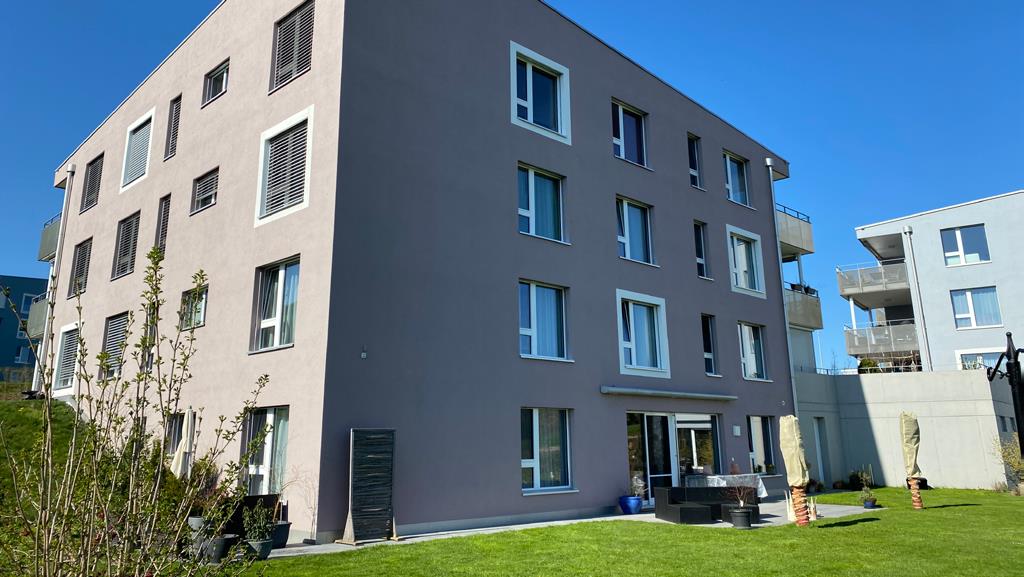Real estate bubble index: slight decline
The UBS Swiss Real Estate Bubble Index fell slightly in the first quarter of 2016 and now stands at 1.38 points. The index thus remains in the risk zone, which implies an overvaluation of the market, according to UBS.

The UBS Swiss Real Estate Bubble Index fell by 0.03 compared with the fourth quarter of 2015. According to UBS researchers, the decline was driven by stagnating nominal home prices, a decrease in demand for condominiums as investment properties and lower credit volume growth. Year-on-year mortgage volume growth fell to 2.9 percent, the lowest level in 15 years. However, the persistently weak income trend has prevented a more significant reduction in imbalances in the residential real estate market for the time being, UBS says.
Declining rents led to an increase in the purchase/rental price ratio in the first quarter of 2016. Rents for new buildings in particular came under significant pressure. According to UBS, the main reason for this was the ever lower interest rate expectations. On the one hand, these are leading to lower demand for rental apartments, as buying a home is cheaper than renting in most communities in Switzerland thanks to low interest rates. On the other hand, the investment emergency is tempting investors to continue high construction activity in the rental housing market.
In addition, as net migration is likely to be 15 to 25 percent lower in the current year than in the previous year, depending on the language region, vacancy rates are likely to rise further in all parts of the country and rents for new buildings are likely to fall further, UBS predicts.
Rising vacancy rates, falling rents
The combination of falling rents and rising vacancy rates is noticeably reducing the attractiveness of buy-to-let investments, he said. As a result, the share of applications to buy condominiums to let was now down slightly for the fourth quarter in a row. However, with a value of 17.7 percent of all loan applications, buy-to-let continues to enjoy great popularity.
While the development of the owner-occupied housing market since 2011 does not exhibit the typical patterns of a real estate bubble, such as explosive price and debt development, the UBS researchers see no reason to sound the all-clear. "The slowdown in price development observed since 2014 is due to existing credit constraints and rising supply," they write. "However, this should not obscure the fact that the last five years have seen a significant increase in the dependence of the owner-occupied housing market on low interest rates, and also in its fall rate in the event of deteriorating market conditions in the real estate market."









